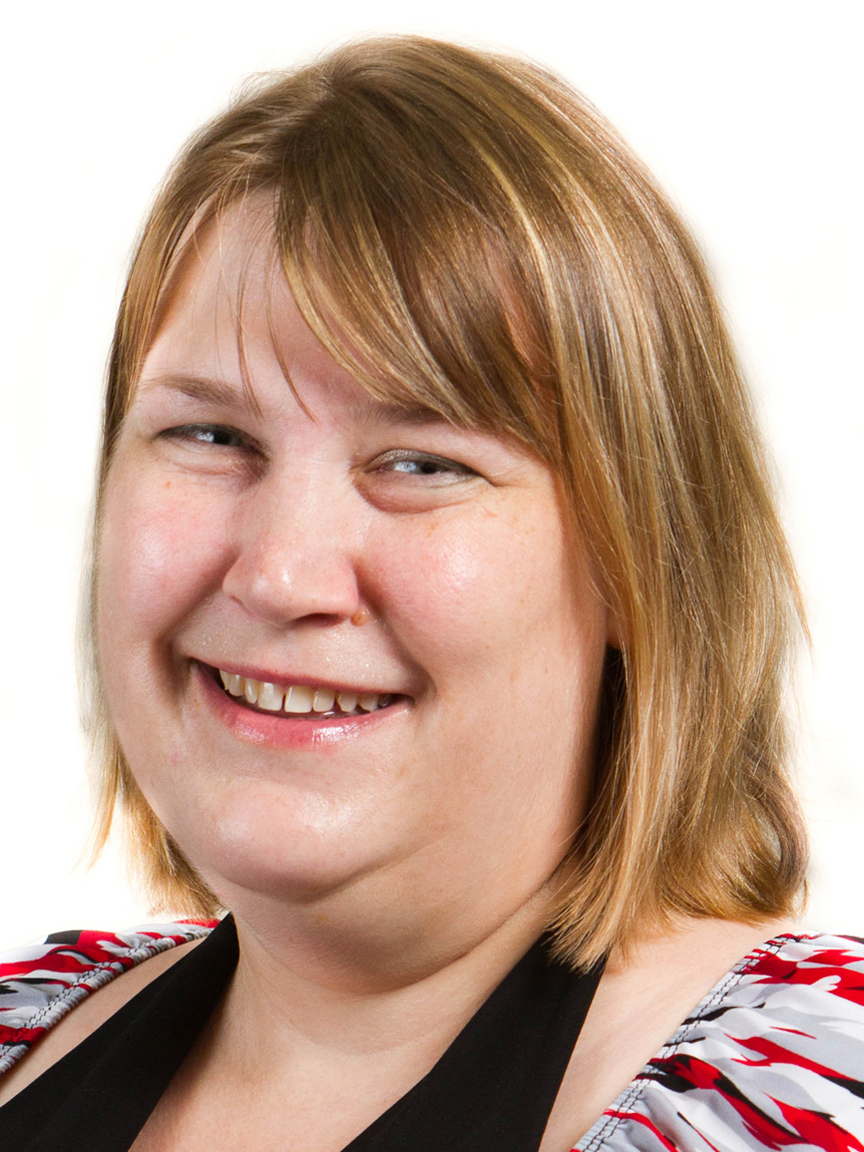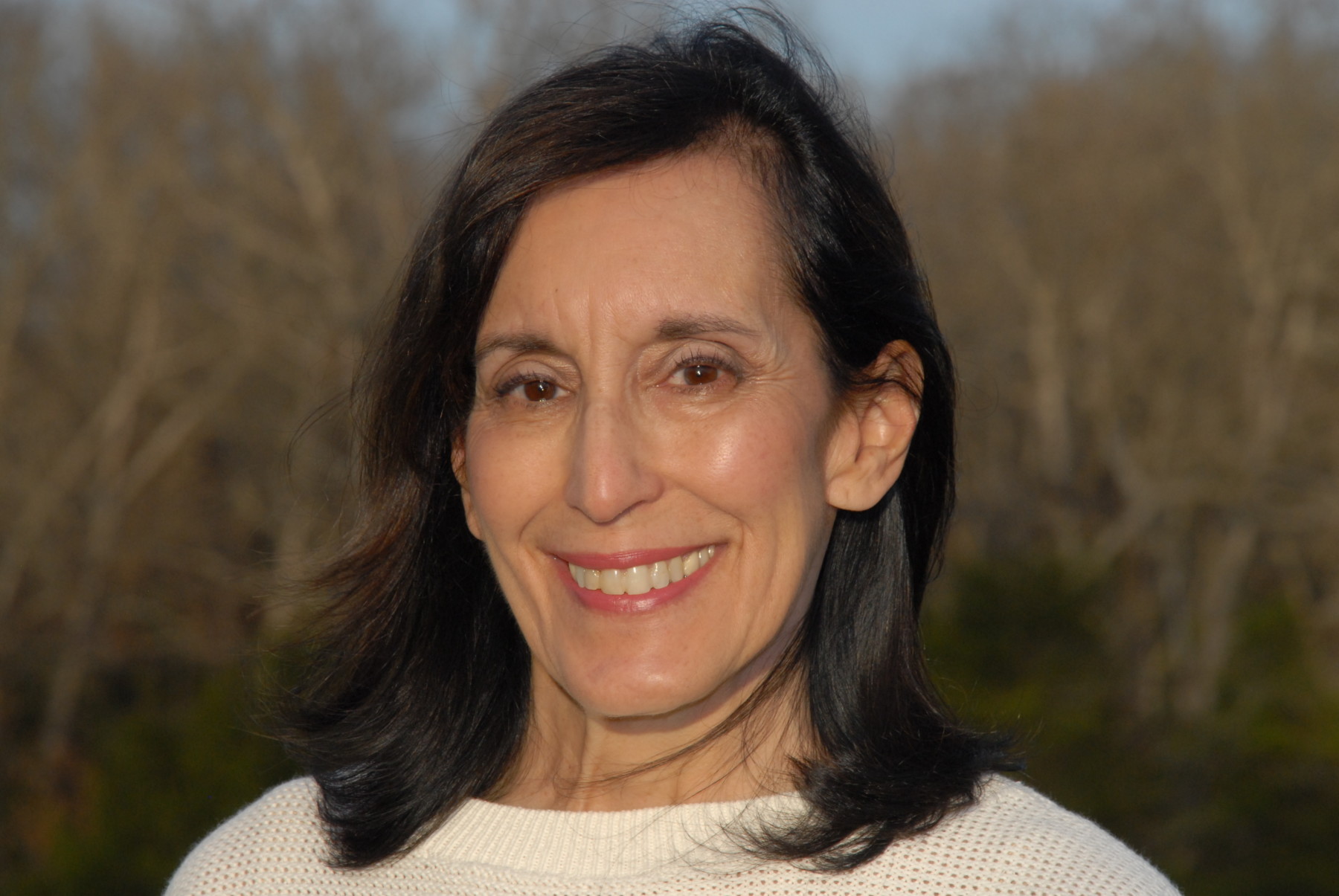
For a special issue of Science News, staff writer Tina Saey explored research on why we sleep—and what happens when we can’t. Here, Saey, who wrote the package along with staff writers Laura Sanders and Susan Milius, relates how she wrestled dozens of interviews and hundreds of scientific papers on wide-ranging questions into a cohesive package of stories, one of which (“Dying to Sleep“) won The Endocrine Society Award for Excellence in Science and Medical Journalism. Saey’s series, “The Science of Slumber” appeared in Science News on October 24, 2009.
Here, Saey tells TON co-founder Jeanne Erdmann the story behind the stories. (This interview has been edited for length and clarity.)
How did you get interested in writing about sleep?
While working as a reporter at the Saint Louis Post-Dispatch I had written stories about some research on sleep being conducted by Paul Shaw in drosophila, at Washington University. That fruit flies sleep, and that they do it in ways that are so similar to our sleep was very interesting to me. So I started to get intrigued. When I moved to DC [to work for Science News] I started to have trouble sleeping. Part of my interest in this comes from the fact that I don’t sleep well. When we were looking for topics for a special issue, this seemed like a natural so I put together a proposal.
How long did you work on this package?
Off and on for a year. Even before then, I had accumulated stacks of papers; Tom [Siegfried, Science News editor-in-chief] and I had talked about it for quite a while so I’d been gathering string. I had also been writing news stories on sleep as they came up. Once the issue was set, I spent two months reporting and writing while still doing two to three news stories a week.
Did you travel for the story?
Yes. I had gone to the 2008 Cognitive Neuroscience Society meeting in San Francisco and attended a session on sleep and got to know some of the researchers, and went to back to that conference in 2009. One of the researchers who had spoken during a session on sleep during the 2008 meeting, Matt Walker, is at UC-Berkeley, so I took a day before the meeting to visit his lab. In June of 2009, I went to the Associated Professional Sleep Societies meeting in Seattle where I met a lot of researchers, some of whom I later visited at their labs. I also spent a few days at MIT and Harvard. In July, I visited David Dinges’s lab at the University of Pennsylvania, where I also met with seven researchers in one day.
How did connecting with scientists at meetings help you report the story?
The meetings, especially the sleep meeting in Seattle, were really fabulous and I contacted a lot of researchers I’d go and visit later. Matt Walker didn’t have much time to spend with me but two postdocs showed me around and took a lot of time to explain the research. At the sleep meeting later in 2009, the postdocs introduced me to a lot of people. Paul Shaw also introduced me to a lot of people there. Through them I felt I had an insider’s perspective on the research findings that were new and interesting. I might not have thought about those things if I was trying to wade into it on my own.
What did you hope to do, in your coverage, that other features on sleep have not?
Most popular magazine stories on sleep are how-to’s for getting a better night’s sleep, without really telling people what sleep is good for and why they really need it, aside from being less likely to nod off during the day and feeling better. The few stories that have made an attempt at explaining why we need to sleep have generally on focused on one theory. I wanted to cover the gamut.
I’ve seen a few things about dream interpretation, but few scientists study dreaming, and its function—if there is one—is only just beginning to be explored. I knew wanted to include something on the actual science behind dreams.
Your main story, “The Why of Sleep,” covered a lot of territory. How did you decide what to include?
I asked pretty much everyone I interviewed a question along the lines of “Besides your work, are there any other theories about the function of sleep that you feel must be included? What would the story be incomplete without?” Over and over again I heard about various theories and their major proponents. Many researchers would say they didn’t buy the other theories, but that for completeness’ sake they ought to be included. I think everything that made it into that story got there by this sort of consensus and also because it fit into the logical flow of the story.
What aspects of the package gave you the most difficulty?
For me the hardest part is always the writing. For the main story, “The Why of Sleep,” deciding what to leave in and what to throw out and still present a balanced piece was so difficult. I found myself giving short shrift to some research that I thought was really important. I visited a circadian research facility at Harvard that I really wanted to write about. But the circadian biology needed its own story, and there was no room in the package. The whole dreaming aspect and involvement of sleep in emotional regulation got short shrift because I just didn’t have room.
One lesson I learned is that I should have blogged more. Some really terrific stuff never made it into the stories, but would have made great blog posts. I never wrote them down in a formal way, and that is a shame.
In the sleep deprivation story, since all the research points to sleep deprivation being bad for you, my challenge was to present what could be a nagging lecture—”Go to go to bed already!”—in a more engaging way. I personally need that lecture on a daily basis, almost. What I tried to do was illustrate the adverse effects by telling the story of the people in the sleep deprivation lab. I also was keen to include the data from a year-long study of drivers because that is something everyone can relate to. I looked for telling quotes and details.
The structure of “The Why of Sleep” also took some work, and I didn’t follow my usual process. I generally sit down and write a feature from top to bottom, and the structure just kind of comes to me. In this case, right after I met Buddy [the mouse in Susumu Tonegawa’s lab at MIT] I sat down and wrote a description of him. That became so compelling that I used it in my lede. Then I had to play with the other elements and with placement to figure out how to get back to Buddy, so I wrote the story in a more piecemeal fashion than I normally do.
I also way over-reported these stories, as is the norm for me. I’d say I did 40 to 50 interviews and quoted around 15 people. Even when I think I have enough to write a story, I sometimes dig just a little deeper to make sure I’m not misunderstanding something or not leaving out something vital. But learning to rein in my reporting impulse could be very helpful both in saving time reporting, but also in streamlining the writing process. Do you know a good obedience school that teaches you to leash your reporting monster? I sure could use one.
A glimpse behind the scenes:

Jeanne Erdmann is co-founder and editor-at-large of The Open Notebook. Follow her on Twitter @jeanne_erdmann.


